Would you like to make your golf course more exciting and beautiful by adding more color? Do you want to help pollinators and wildlife? Applewood Seed Company can help. Listed below are some suggestions to help you bring color to your golf course and create pollinator habitats in various areas.
Add Color to Beautify Your Golf Course
Our Golf Course mix is a lovely mixture composed of annuals which provides an ever changing rainbow of colors through-out the growing season. It is perfect for areas that need quick color and is less expensive than purchasing nursery plants. It is also recommended for temporary beds and areas that are transitioning into more permanent, perennial vegetation in the future. Suitable for areas along fairways and paths, locations near tees and greens, and flower beds around the clubhouse.
Provide Wildflowers for Pollinator Habitat Programs
Applewood Seed Company has two, all-native wildflower mixes for pollinator conservation on your golf course. These diverse mixes were developed after many years of research in our trial gardens. The mixes are balanced blends of annuals and perennials and provide nectar and pollen throughout the growing season. They are ideal for honey bees, native bees and other pollinators.

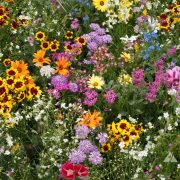
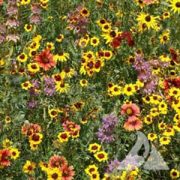
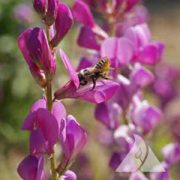
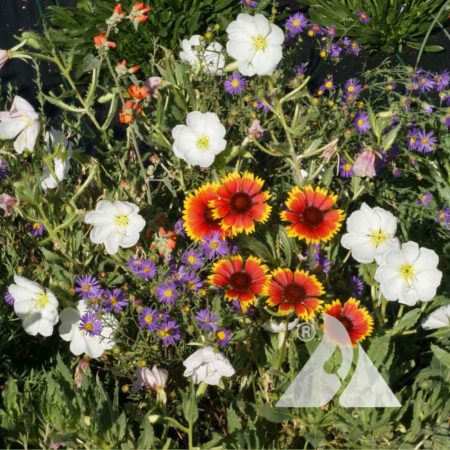
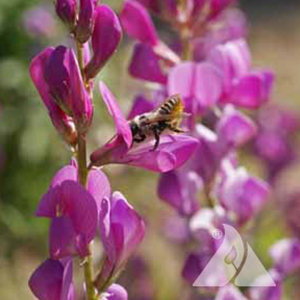
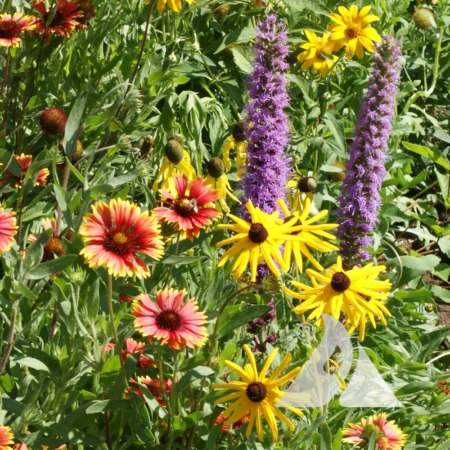
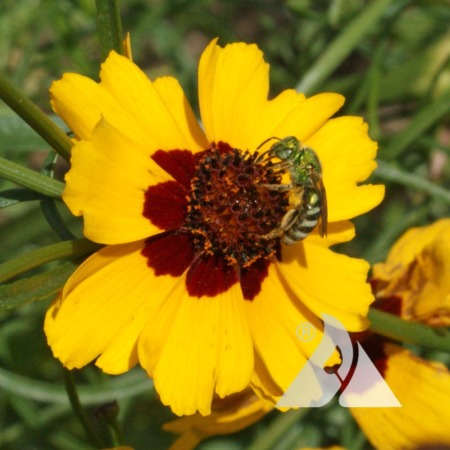
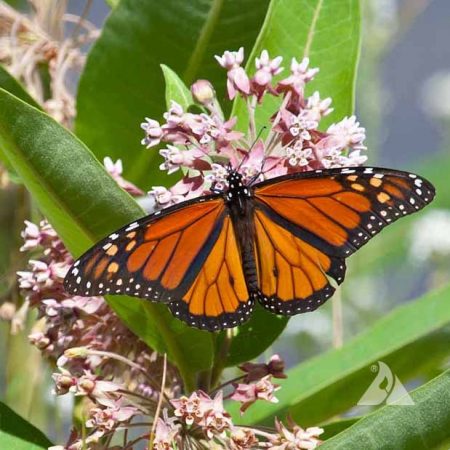
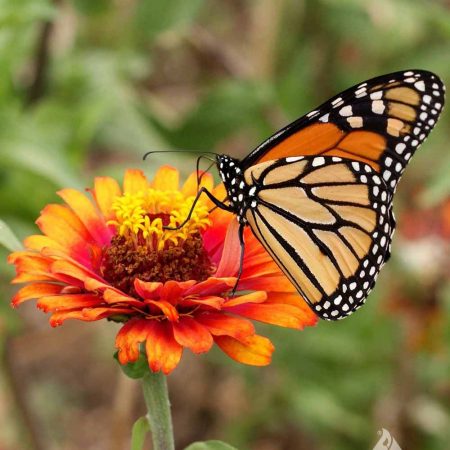
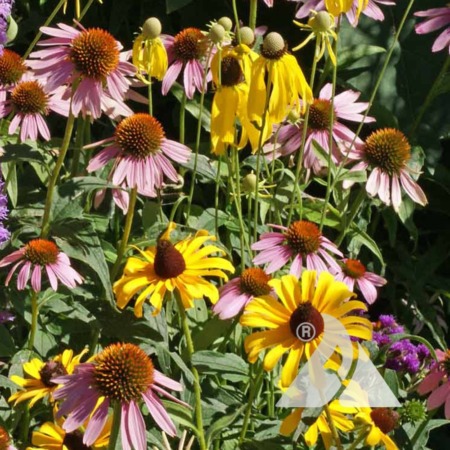
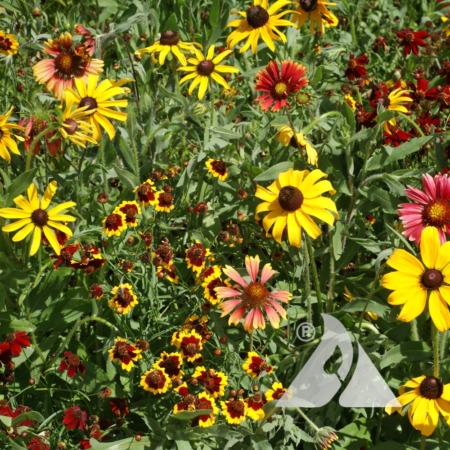
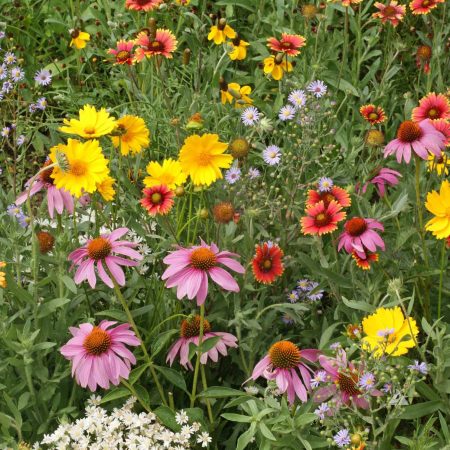
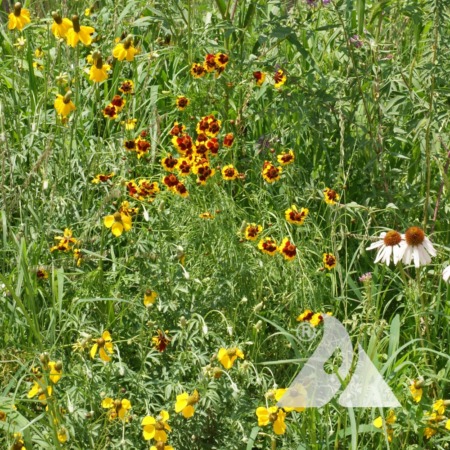


Applewood Seed Co. Announces Strategic Leadership Changes to Drive Business Growth
Applewood Seed Co., an employee-owned company, the leading supplier and wholesaler of open-pollinated flower seeds in the U.S., proudly announces two pivotal promotions within its leadership team. Mary Gomane has been promoted to Vice President of Sales & Production and Joe Eenigenburg has advanced to the role of Director of Sales & Marketing. These strategic […]
Using Flowers as Nature’s Solution to Water Conservation
In the realm of commercial landscaping, traditional turfgrass lawns still reign as the go-to for public and private projects. However in recent years, the practice of replacing turfgrass with flowers has steadily gained popularity, not only for the aesthetic appeal but specifically for the positive impact on water conservation and cost reduction.